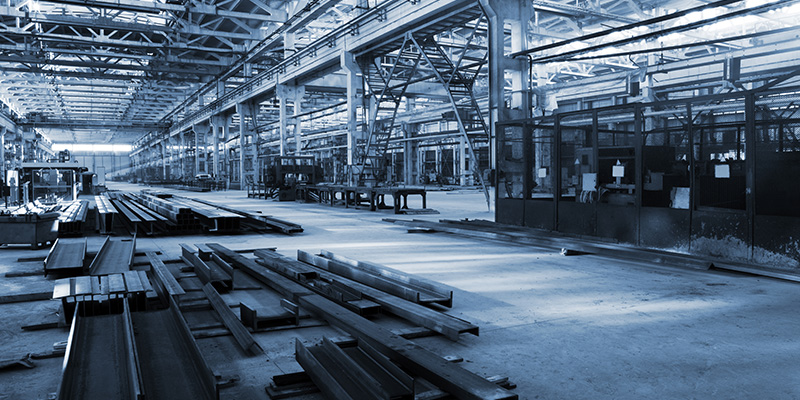
Protecting Your Commercial Property: Guarding Against Steel Vulnerabilities
The structural integrity of your commercial property is a crucial aspect of its safety and longevity. While steel is a widely used material known for its strength and durability, it's not impervious to vulnerabilities. Understanding these vulnerabilities, such as Strength Erosion, Steel's Susceptibility to Heat, Ductility Challenges, and The Impact of Temperature Fluctuations, is essential for maintaining your property. In this article, we'll explore these steel vulnerabilities and introduce the role of intumescent coatings in enhancing fire protection for your commercial space.
Strength Erosion
Steel structures are designed to bear significant loads, but they are not immune to factors that can lead to a loss of strength over time. Corrosion, often due to exposure to moisture, is a primary culprit.
Solution: Corrosion Control
Regular inspections to identify and address signs of corrosion are vital. Coatings and paints can provide a protective barrier, while regular maintenance ensures that any damage is promptly repaired.
Steel's Susceptibility to Heat
High temperatures can soften steel, reducing its load-bearing capacity. This can be a critical concern, especially in fire-prone areas.
Solution: Fireproofing Measures
For commercial properties, fireproofing is essential. Fire-resistant coatings and materials, like intumescent coatings, are applied to steel structures to delay the softening of steel in case of a fire, providing valuable time for evacuation and fire control.
Ductility Challenges
Ductility refers to a material's ability to deform without breaking. When steel loses its ductility, it becomes more susceptible to failure.
Solution: Proper Material Selection and Testing
Selecting high-quality steel and conducting ductility tests are essential. Regular inspections to identify any loss of ductility are also critical. Replacing compromised steel components is often the only solution.
The Impact of Temperature Fluctuations
Steel expands and contracts with temperature variations. This can cause structural issues, especially in areas with extreme weather conditions.
Solution: Design Considerations and Expansion Joints
Proper structural design that accommodates thermal expansion and contraction is essential. Expansion joints in the building's framework allow for controlled movement, reducing stress on steel components.
The Role of Intumescent Coatings
Intumescent coatings are a significant advancement in fire protection for commercial properties with steel structures. These coatings are specially designed to expand and create an insulating char layer when exposed to high temperatures, such as those in a fire. This char layer acts as a barrier, delaying the softening of steel and the spread of fire.
Intumescent coatings are versatile and can be applied to various steel components, including beams, columns, and even structural connections. They are available in different forms, such as paints and sprays, making them adaptable to your property's specific needs.
Understanding and proactively addressing steel vulnerabilities in your commercial property is paramount to its safety and longevity. Corrosion control, fireproofing, material testing, and design considerations are all part of a comprehensive strategy. Intumescent coatings, in particular, play a vital role in enhancing fire protection and ensuring the structural integrity of your property, giving you peace of mind that your investment is safeguarded against unexpected threats. Regular inspections and preventive measures, including the use of intumescent coatings, can help you protect your commercial property effectively.


